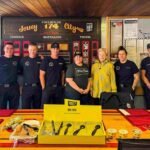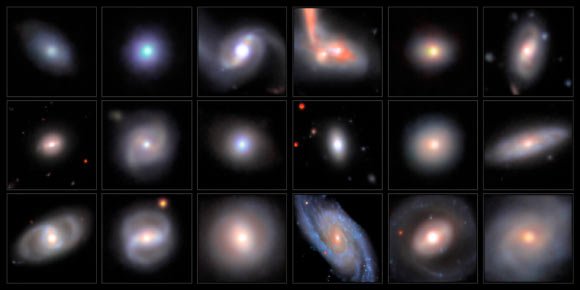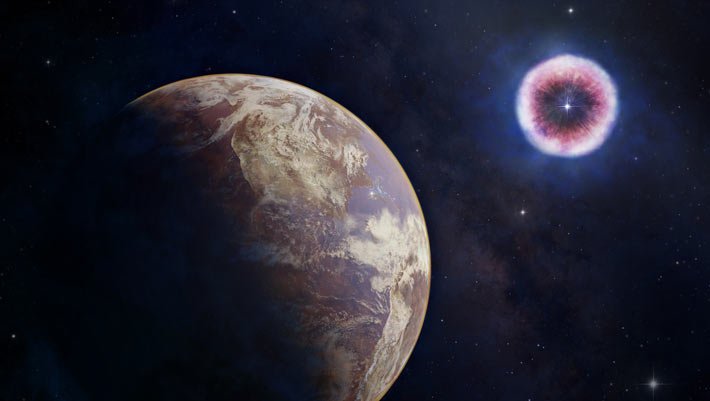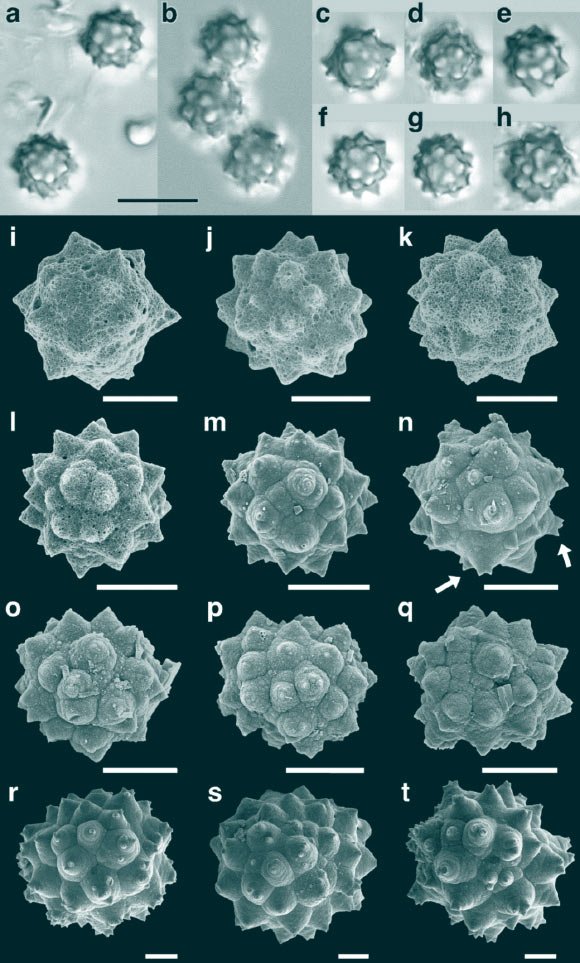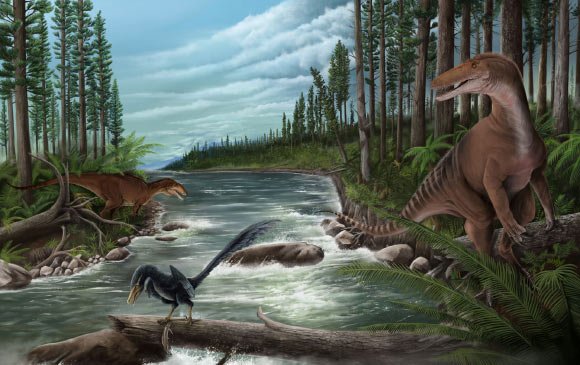Astronomers using the Dark Energy Spectroscopic Instrument (DESI) on NSF’s Nicholas U. Mayall 4-m telescope at Kitt Peak National Observatory, a program of the NOIRLab, have compiled the largest sample ever of dwarf galaxies that host an actively feeding black hole, as well as the most extensive collection of intermediate-mass black hole candidates to date.

This mosaic shows galaxies hosting intermediate-mass black hole candidates, arranged in increasing order of stellar mass. Image credit: Legacy Surveys / D. Lang, Perimeter Institute / NAOJ / HSC Collaboration / D. de Martin, NSF’s NOIRLab / M. Zamani, NSF’s NOIRLab.
“When a black hole at the center of a galaxy starts feeding, it unleashes a tremendous amount of energy into its surroundings, transforming into what we call an active galactic nucleus,” said University of Utah postdoctoral researcher Ragadeepika Pucha.
“This dramatic activity serves as a beacon, allowing us to identify hidden black holes in these small galaxies.”
Pucha and colleagues were able to obtain an unprecedented dataset that includes the spectra of 410,757 galaxies, including 114,496 dwarf galaxies.
They identified an astonishing 2,500 candidate dwarf galaxies hosting an active galactic nucleus (AGN) — the largest sample ever discovered.
The significantly higher fraction of dwarf galaxies hosting an AGN (2%) relative to previous studies (about 0.5%) is an exciting result and suggests scientists have been missing a substantial number of low-mass, undiscovered black holes.
In a separate search through the DESI data, the astronomers identified 300 intermediate-mass black hole candidates — the most extensive collection to date.
“The technological design of DESI was important for this project, particularly its small fiber size, which allowed us to better zoom in on the center of galaxies and identify the subtle signatures of active black holes,” said Dr. Stephanie Juneau, an astronomer at NSF’s NOIRLab.
“With other fiber spectrographs with larger fibers, more starlight from the galaxy’s outskirts comes in and dilutes the signals we’re searching for.”
“This explains why we managed to find a higher fraction of active black holes in this work relative to previous efforts.”
Typically, black holes found in dwarf galaxies are expected to be within the intermediate-mass regime.
But intriguingly, only 70 of the newly discovered intermediate-mass black hole candidates overlap with dwarf AGN candidates.
This adds another layer of excitement to the findings and raises questions about black hole formation and evolution within galaxies.
“For example, is there any relationship between the mechanisms of black hole formation and the types of galaxies they inhabit?” Pucha said.
“Our wealth of new candidates will help us delve deeper into these mysteries, enriching our understanding of black holes and their pivotal role in galaxy evolution.”
The paper appears in the Astrophysical Journal.
_____
Ragadeepika Pucha et al. 2025. Tripling the Census of Dwarf AGN Candidates Using DESI Early Data. ApJ, in press; arXiv: 2411.00091

